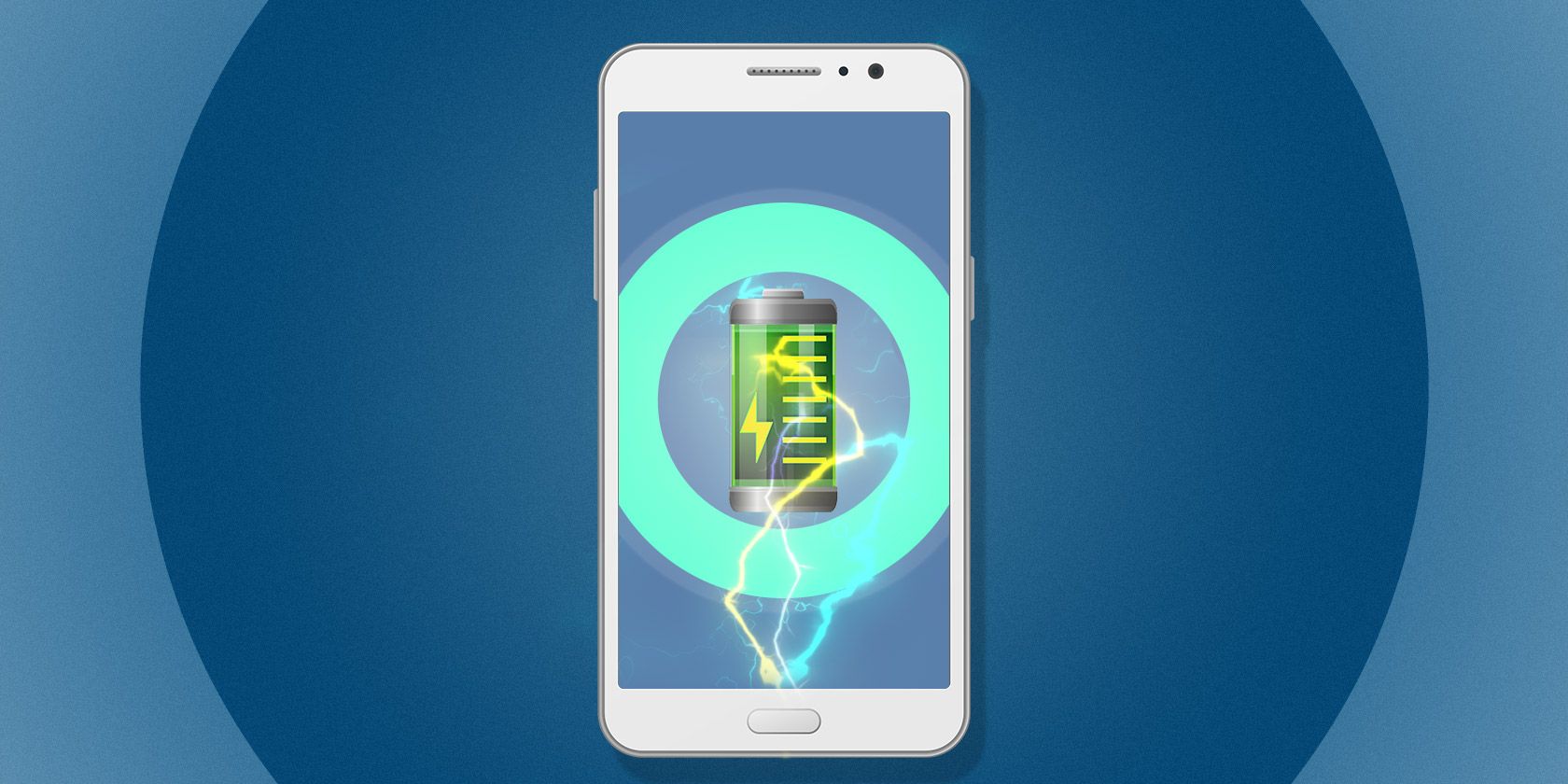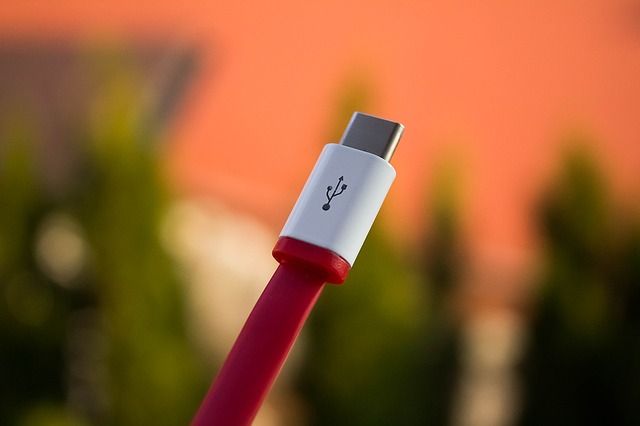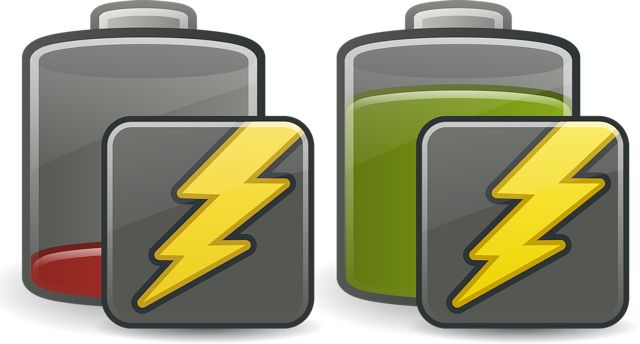The biggest problem with smartphones is battery life. You've probably run out of juice at some point, at which point you probably relied on a battery pack as a failsafe. There are two philosophies to counter this: either we use larger batteries in phones OR we charge batteries faster.
The "charge faster" camp is led by Qualcomm and its Quick Charge technology. Other chip makers are also trying fast-charging tech, like Mediatek's Pump Express, but so far Quick Charge is in the lead as Intel and Samsung have licensed Qualcomm's technology.
What this means for you is that things get simpler. Whether it's Motorola's Turbo Charge or Samsung's Fast Charge, the same tech is powering it -- Qualcomm's Quick Charge -- and it's drastically reducing the time it takes to charge your batteries.
How Does Quick Charge Work?
You must have already noticed that your smartphone charges faster when plugged into a wall outlet rather than the USB port of your computer. This is because the power output of the wall outlet (5V, 1 or 2.1 amps) is higher than the output of a USB 2.0 port (5V, 0.5 amps).
Each phone has a power management circuit built into its circuit board. This circuit defines the limits of how much wattage the battery can take at a time. Phones without Quick Charge limit this to 10 watts (i.e. 5 volts x 2 amps).
Quick Charge effectively raises this limit. If a power adapter can output more power (for example, 15 watts i.e. 9 volts at 1.67 amps) and if the phone's power management circuit allows it to take that extra power, then such a scenario would charge the phone faster than before.
Does My Phone Have Quick Charge?
There are three things needed for quick charging to work on your smartphone or tablet:
- A Quick Charge certified phone or tablet.
- A high voltage adapter.
- A decent USB cable.
If your phone or tablet does not say it supports Quick Charge, then you can't "add it on". For example, using a high voltage adapter with a phone that doesn't support Quick Charge won't have any effect on your charging times.
Similarly, a Quick Charge phone can't draw extra power from an old, standard adapter. And there is no app you can install or any special connector you can add which changes these conditions.
To check if your phone supports it, here's a full list of Quick Charge devices. Mediatek's Pump Express is currently supported by only a handful of devices.
As for USB cables, Quick Charge supports micro USB, USB Type A, and the new USB Type C standard. However, you need a cable of at least 24 AWG (American Wire Gauge).
In layman terms, AWG is the "size" of the wire. A lower number indicates a bigger size. And it's usually written like this: USB 28/24 AWG.
The first number (28) refers to the size of the data wire, while the second number (24) refers to the size of the power wire. 24 AWG is the least you want for fast charging, and ideally you should go for 20 AWG USB cables. A good choice is the Anker PowerLine MicroUSB cable.
It's Zero to 60, Not Zero to 100
There is one other major point that you need to understand about Quick Charging: it speeds up the initial charging period, but it might not speed up your overall charging period.
Quick Charging emphasizes speed over efficiency in the process of how a battery works. When more volts flow into an empty battery at a high speed, it charges whichever "cells" it can get to first. Once 60% or thereabouts of the battery is full, it has to "search" for the right cells to charge.
It's like filling 10 cups together with a large bucket of water. You'll do it fast at first since it's not about efficiency or precision, but once six cups are filled, you need to locate the remaining four cups and fill them, and that precision takes more time.
Also, more power produces more heat. Lithium-based batteries can get damaged if they overheat, which is why all Quick Charge devices have a temperature sensor. If it gets too hot during the charging process, your "fast charge" is gone and the charge will trickle at a lower wattage.
What all this means is that quick charging works well on an empty battery, but you won't get a similar boost in speed if your battery if more than 60% full. Qualcomm is trying to address this in the new Quick Charge 3.0, but it's still a work in progress.
Do note that 60% is a rough figure and largely true for several Quick Charge phones, but some can sustain the faster speeds up to 75% too.
Most Brands Will Work Fine
The big takeaway from all this is that, since Quick Charge is more or less standardized at the time of this article, you shouldn't worry too much about which company's charger you use with which phone.
If you have a Quick Charge certified Motorola charger and plug it into an HTC One M8, it's still going to activate the fast-charging feature.
More importantly, it means you don't have to pay attention to brands. As you can see in Linus's video above, it didn't matter whether he used the out-of-the-box Nexus charger or a third party company's charger—the speeds were the same. So go grab whichever Quick Charge certified power adapter or car charger you want.
Readers who have switched to a phone or tablet with quick charging, have you noticed a boost in your speeds? How useful has it been for you, and is this be a must-have tech for you from now on? Let us know below!



